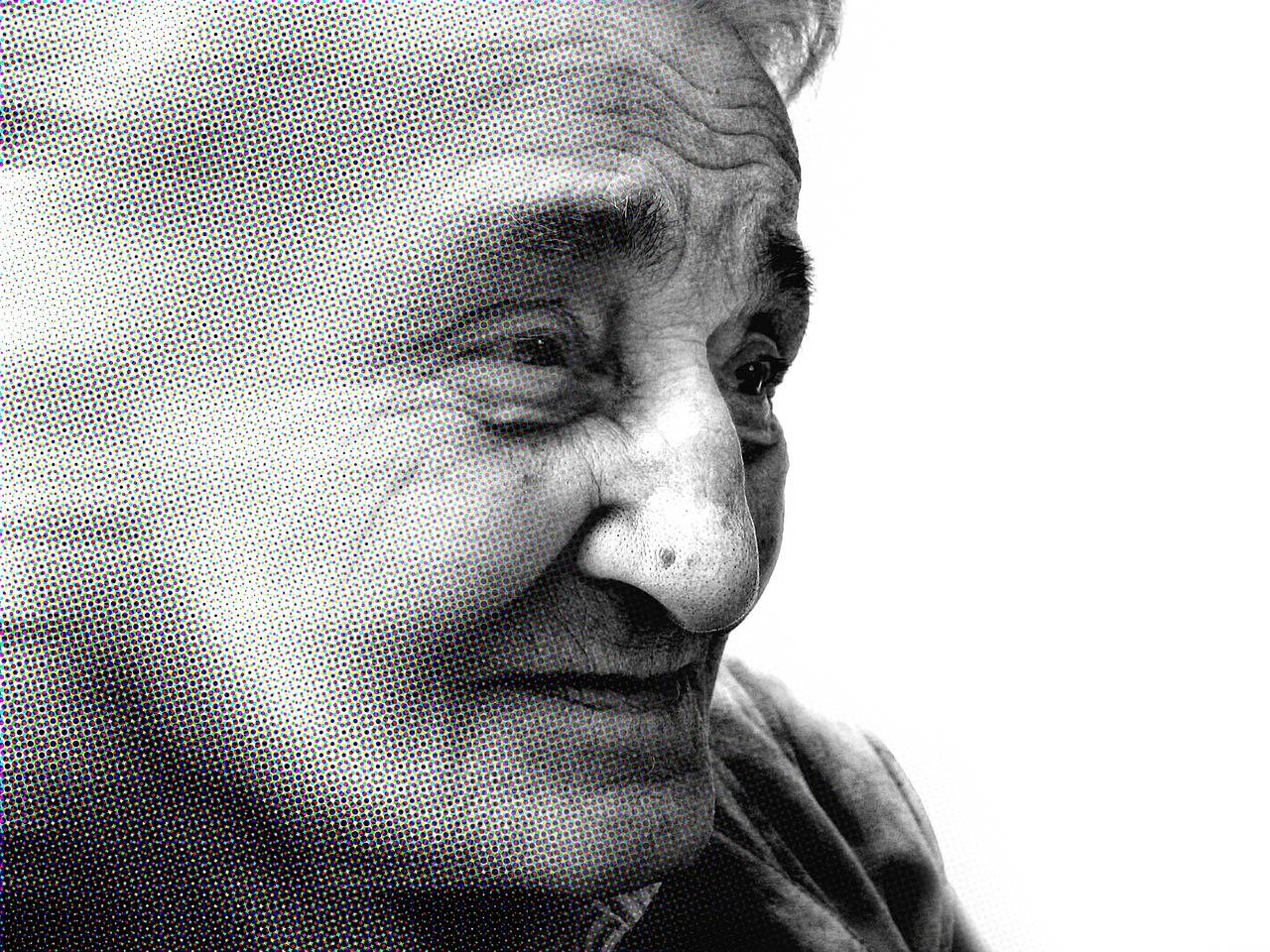The Impact of Technology on the Patient-Doctor Relationship
Patient-doctor communication is a vital component of quality healthcare delivery. It serves as the cornerstone for building strong relationships between healthcare providers and their patients. Effective communication between patients and doctors involves clear and concise exchanges of information, active listening, empathy, and shared decision-making. Patients who feel heard and understood by their healthcare providers are more likely to be actively engaged in their treatment plans and experience better health outcomes.
In today’s healthcare landscape, patient-doctor communication has evolved beyond traditional face-to-face interactions. With the advent of telemedicine and digital health technologies, healthcare professionals now have additional avenues to communicate with their patients. These technological advancements have opened up new channels for dialogue, enabling patients to access medical advice remotely and facilitating continuous communication between patients and their healthcare teams. As the healthcare industry continues to embrace digital transformation, effective patient-doctor communication remains at the forefront of providing patient-centered care.
Evolution of Medical Records
The evolution of medical records has witnessed remarkable advancements over the years. Initially, healthcare providers maintained paper-based records that were susceptible to loss, damage, and inefficiency in accessing information quickly. These traditional records posed challenges in terms of space, organization, and legibility. However, with the advent of technology, electronic health records (EHRs) have revolutionized the way patient information is documented and managed.
Electronic health records allow for secure storage, easy retrieval, and seamless sharing of patient data among healthcare professionals. With EHRs, healthcare providers can access patients’ medical histories, test results, medications, and allergies at the touch of a button. The digitization of medical records has enhanced the accuracy and completeness of patient information, leading to improved coordination of care and better clinical decision-making. Moreover, EHRs have paved the way for data analytics and population health management, offering valuable insights for healthcare quality improvement and research.
What is the importance of patient-doctor communication in the medical field?
Patient-doctor communication is crucial in ensuring that patients receive proper care and treatment. It helps doctors understand the patient’s symptoms, medical history, and concerns, leading to more accurate diagnoses and effective treatment plans.
How have medical records evolved over the years?
Medical records have evolved from paper-based files to electronic health records (EHRs) that allow for easier storage, retrieval, and sharing of patient information. This evolution has improved the efficiency and accuracy of healthcare delivery.
What are some benefits of electronic health records?
Electronic health records allow for better coordination of care among healthcare providers, reduce the risk of errors in medication management, and provide patients with easier access to their own health information.
How do electronic health records impact patient-doctor communication?
Electronic health records can improve patient-doctor communication by providing doctors with quick access to a patient’s medical history, test results, and treatment plans. This allows for more informed discussions between patients and doctors about their health.
Are there any challenges associated with the adoption of electronic health records?
Some challenges of electronic health records include concerns about patient privacy and data security, the cost of implementation and maintenance, and potential disruptions to workflow during the transition from paper-based records.





